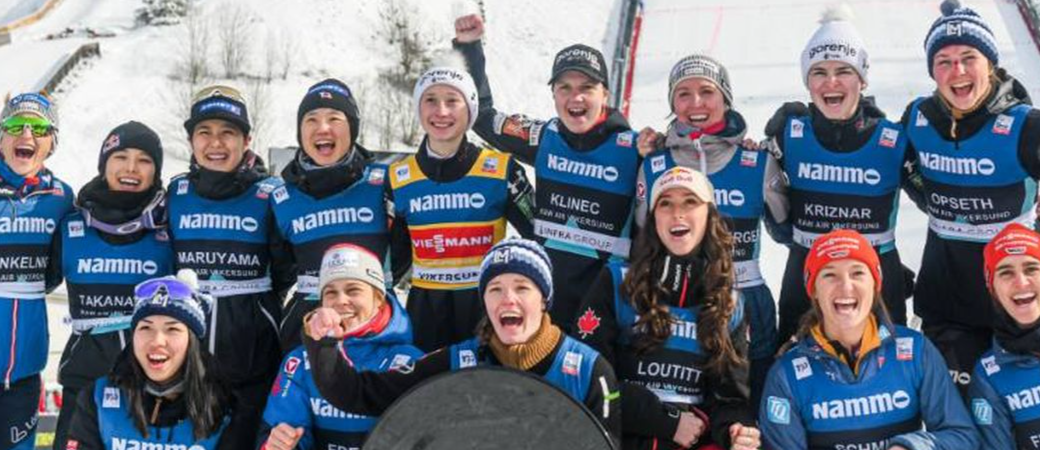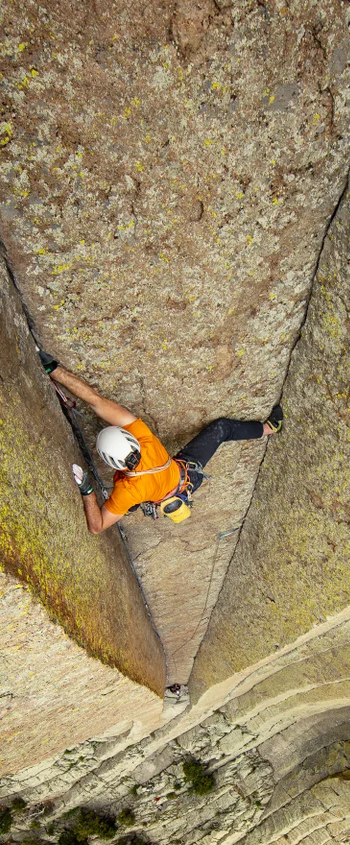Australian Skateboarder Arisa Trew Secures Gold at Olympic Qualifier in Shanghai
Australian teenage sensation Arisa Trew has once again demonstrated her prowess on the skateboard, clinching the gold medal in the women’s park final at the Olympic qualifier series held in Shanghai. The 14-year-old’s victory propels her to second place in the world rankings, firmly positioning her to earn a coveted spot at the upcoming Paris Olympics.
Trew’s stellar performance in Shanghai was complemented by compatriot Keegan Palmer, the Tokyo Games gold medallist, who secured second place in the men’s park event. Alongside Palmer, Australian skateboarders Kieran Woolley, Chloe Covell, and Ruby Trew also showcased their talent, achieving top eight placings and bolstering their own qualification prospects.
The Shanghai event marked the first leg of a two-part knockout competition, with the series concluding in Budapest next month. The top 20 skaters per discipline and gender will be selected to compete at the Paris Olympics, with a maximum of three athletes allowed per country.
In a thrilling final showdown, Trew triumphed over world No 1 Hiraki Kokona to claim gold. Reflecting on her victory, Trew emphasized the positive impact of competing against top-tier athletes, highlighting the camaraderie and competitive spirit among skaters.
Palmer, despite facing an early setback with a fall on his first run, showcased resilience to secure the silver medal in the men’s park final, with Woolley finishing in an impressive fourth place.
Looking ahead to Budapest and the possibility of qualifying for the Olympics, Palmer expressed his elation and confidence, citing the contest as a significant boost both physically and mentally after a period of injury setbacks.
With Trew’s meteoric rise and Palmer’s strong performance, Australian skateboarding is poised for success on the international stage. As the countdown to the Paris Olympics continues, anticipation mounts for the Australian contingent’s potential to shine on the world’s biggest sporting platform.
Skateboarding: A Journey of Evolution and Culture
Skateboarding transcends mere recreation; it embodies a culture and ethos. Originating from the spirit of surfing in the 1950s, skateboarding swiftly evolved into a lifestyle, a passion, and an art form.
In the early days, surfers sought to replicate the sensation of riding waves on land, birthing the concept of “asphalt surfing.” This led to the development of primitive skateboards in California and Hawaii, comprised of shortened surfboards and metal-wheeled contraptions. By the late 1950s, the burgeoning toy industry recognized the potential of skateboarding, leading to innovations like Roller Derby’s improved skateboard in 1959, enabling riders to explore new tricks and maneuvers.
The 1960s witnessed skateboarding’s ascent from novelty to legitimate sport, with California’s Val-Surf shop pioneering the production of skateboards resembling surfboards. Patterson Forbes followed suit with more refined designs, while Larry Stevenson’s promotion efforts, including the first skateboard advertisement in “Surf Guide Magazine,” fueled the sport’s growth. Additionally, the emergence of skateboarding-specific apparel, epitomized by Vans’ iconic shoes, further solidified skateboarding’s cultural imprint.
The 1970s marked a transformative era for skateboarding, propelled by Frank Nasworthy’s revolutionary urethane wheels. This innovation ushered in smoother, faster rides, catalyzing the sport’s resurgence. Skateboarding diversified with disciplines like freestyle, downhill, and slalom gaining traction, while the advent of skate parks provided dedicated spaces for enthusiasts to hone their skills.
Germany embraced skateboarding in the mid-1970s, with Munich emerging as a hub for the sport. The introduction of new tricks and maneuvers, coupled with advancements in skateboard design, continued to redefine the sport. Alan Gelfand’s invention of the “Ollie” in 1978 revolutionized street skateboarding, paving the way for Rodney Mullen and others to pioneer innovative techniques.
The 1980s witnessed skateboarding’s commercialization, with the rise of magazines like “Thrasher” and “Transworld Skateboarding” and the establishment of international competitions. In Germany, Titus Dittmann played a pivotal role in popularizing the sport, while brands like Powell Peralta and Vision dominated the market. Professional skateboarders attained celebrity status, fueling the industry’s growth.
The 1990s saw skateboarding navigate through changing trends, experiencing a resurgence amid digitalization and the rise of mega-events like the X-Games. Brands like Chocolate and Girl Skateboards drove innovation in skateboard hardware, while events like Street League Skateboarding elevated the sport’s professional status. In Germany, street skating emerged as the dominant discipline, underscoring skateboarding’s enduring influence globally.
Today, skateboarding remains a vibrant subculture, blending athleticism, creativity, and camaraderie. As the sport continues to evolve and innovate, its impact on society and popular culture only grows stronger. Whether as a profession or a pastime, skateboarding embodies a unique way of life for enthusiasts worldwide.
Source: https://www.adventurefilm.academy/b-a-s-e-jumping-the-serene-side-we-have-never-seen/
Learn more: https://www.adventurefilm.academy/




